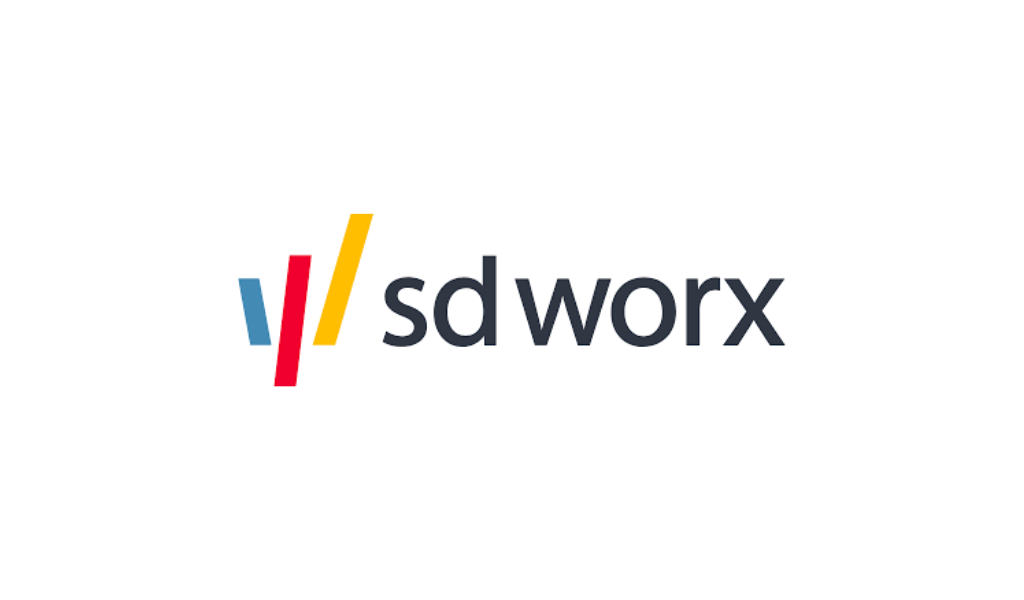With the U.S. economy on edge, American workers are feeling uneasy and eyeing the exit, especially those halfway up the corporate ladder, according to new data from Perceptyx. Researchers at the Center for Workforce Transformation surveyed more than 5,400 U.S. workers about their thoughts on the job market, their experience at work, and their overall well-being.
The results paint a picture of a workforce on pins and needles as rumors circulate, colleagues lose their jobs, and everyone wonders what’s coming next. The key findings are below.
- Worry is up month over month, with 35% of employees saying they’re at least moderately worried about being laid off, up from 30% in February.
- Layoffs are widespread: 17% say they’ve been personally laid off in the past three months, 21% report layoffs in their department, and 24% in their organizations.
- Nearly half (45%) of middle managers say they’re at least moderately worried, compared with 32% of managers and 26% of individual contributors.
- Nearly three-quarters (72%) of middle managers are looking for a new job compared to 65% of managers and 52% of individual contributors.
- Approximately 39% of middle managers have heard rumors of layoffs, compared to 17% of individual contributors.
- More than one-third (35%) of middle managers have seen official communication about layoffs compared to 11% of individual contributors.
Layoffs have had a significant negative impact on employee well-being. Since recent layoffs at their organizations:
- 53% say layoffs have made it harder to maintain friendships with coworkers;
- 38% say their sleep has been disrupted;
- 37% report periods of anxiety;
- 35% say they’ve felt more down or sad;
- 26% admit they’ve had a shorter temper than usual; and
- 22% report binge drinking alcohol or using drugs.
Just 54% of employees say their organization communicates openly about layoffs, while 53% say they don’t understand why layoffs happened at all.
“In many ways, the numbers in this study look like ones we’ve seen in other recent downturns, except this time anxiety is more concentrated in the middle,” says Emily Killham, senior director and head of the Center for Workforce Transformation at Perceptyx. “It’s a tough time to be a middle manager. Over the past few years, people leaders have been increasingly squeezed by demands from above and below. In studies, they score lower than their colleagues across multiple measures of engagement and well-being. And in tough times like these, they find themselves knowing too much and too little. They hear official information from the senior team before everyone else and absorb every scary rumor across the company. It’s no wonder they feel stressed and insecure.”
Quality of communication also has a significant impact on the morale of employees who remain. Among employees who say their organization communicated openly about layoffs, 61% report high levels of engagement, three times the level of employees who didn’t receive open communication.













